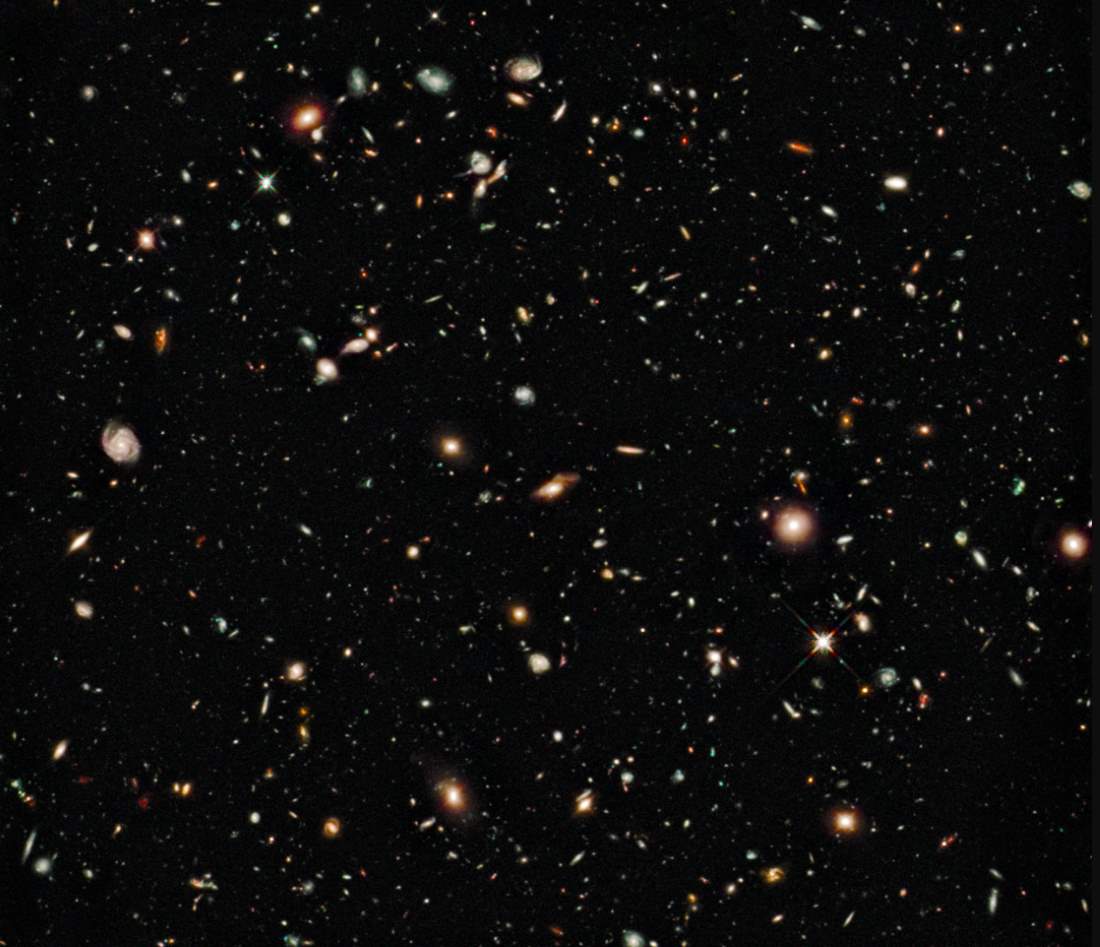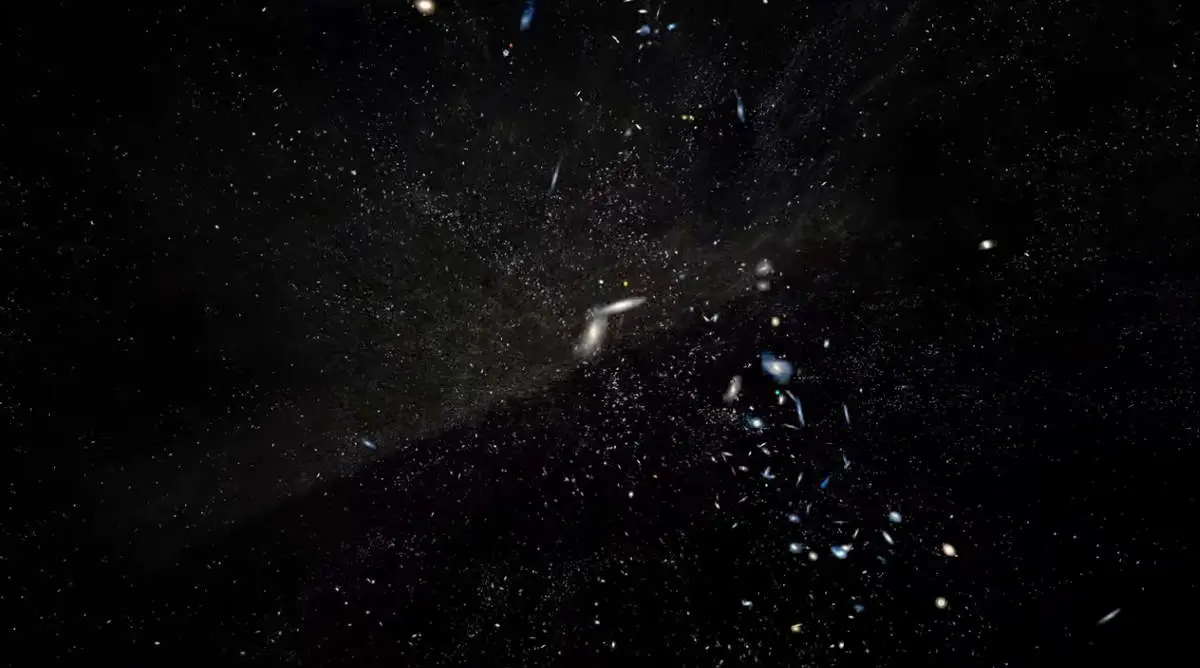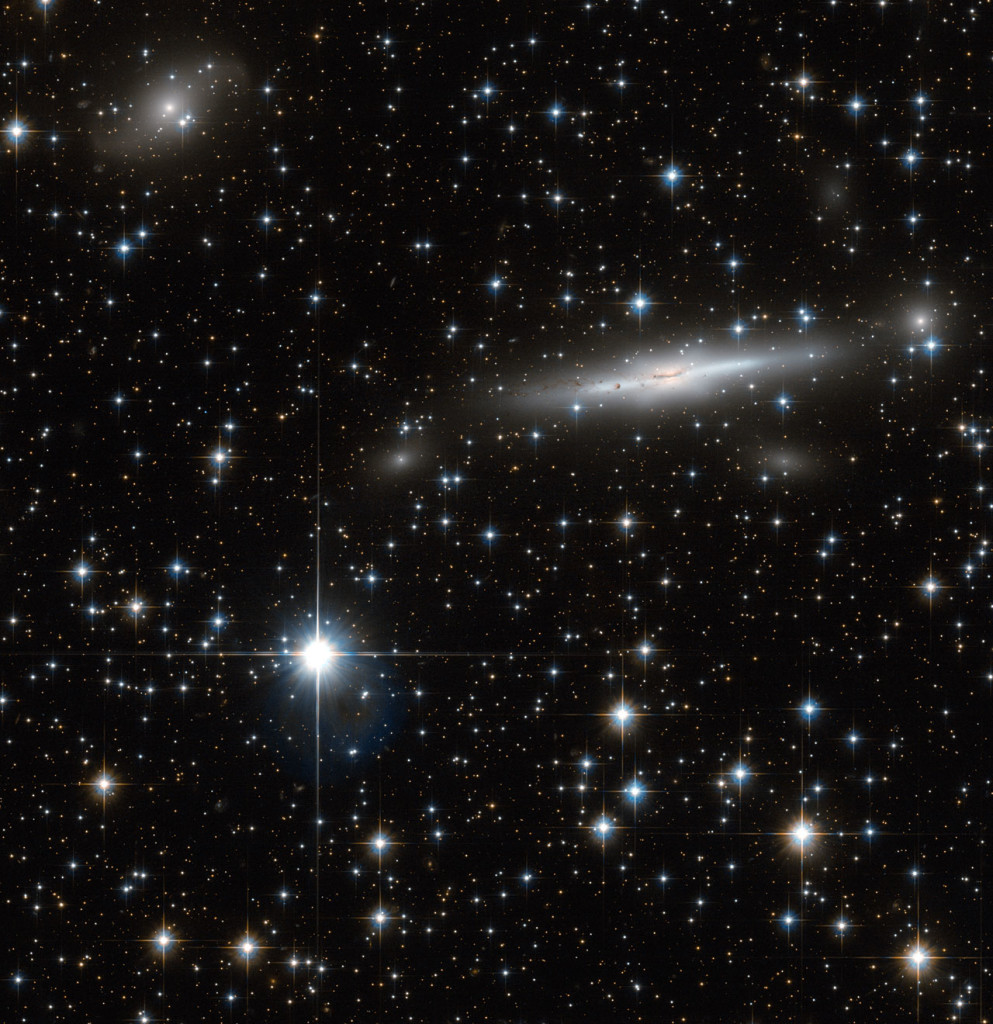On Jul 20, 2020, scientists have released what they call the “most-detailed 3D map of the universe ever produced”. This incredible map shows 11 billion years of the Universe’s history, with galaxies closest to Earth appearing in purple & blue, and distant galaxies in yellow & red.
The largest-ever 3D map of the Universe is the result of an ongoing project called the SDSS (The Sloan Digital Sky Survey), an international quest to map the expansion of the observable universe & hopefully solve a few cosmic conundrums in the process. With this newest update, the project has mapped & measured more than 2 million galaxies.
The ongoing project is actually SDSS-IV, and the final data release is scheduled for July 2021. SDSS-V will start observations in summer 2020, with its first data release expected two years later, in 2022.
Most detailed 3D map of the Universe known to humankind
The Sloan Digital Sky Survey has created the most detailed three-dimensional maps of the Universe ever made, with deep multi-color images of one-third of the sky, and spectra for more than three million astronomical objects.
Here’s the interactive 360-degree video of the map:
A non-interactive version of the video above:
Transcript of the video
You are looking at the most detailed 3-dimensional map of the Universe known to humankind, and it’s called the Sloan Digital Sky Survey.
Scientists from around the world have just completed a 20-year-long survey of the night sky measuring the positions and distances of more than 4 million galaxies and quasars.
This detailed map will help scientists shed light on the remaining mysteries of the Universe.
Let’s go on a journey from the local stars to the largest scales of the Universe.
Beyond the local stars that draw familiar constellations in the night sky in the neighborhood of the Earth, in addition to our own Milky Way galaxy, billions of galaxies spread throughout the Observable Universe.
What is the Observable Universe?

In Big Bang cosmology, the observable universe is what, in theory, can be seen from Earth.
The Observable Universe is a spherical volume (a ball) centered on the observer, regardless of the shape of the universe as a whole. Every place in the universe has its own observable universe, which may or may not overlap with the one centered on Earth. There are at least 2 trillion galaxies in the observable universe.
Moving faster than light, this video will take you through space on a journey from our place in the Milky Way all the way out to the large-scale structures of the visible Universe, and will tell you about how the scientists are mapping it out.
Since 1998, the scientific community has realized that the Universe is not only expanding, but its expansion is accelerating.
This unexpected acceleration constitutes one of the major conundrums in physics. From a theoretical perspective, the acceleration may be accounted for by either:
- assuming that there exists some mysterious Dark Energy
- or by modifying Einstein’s Theory of Gravity called General Relativity
In the same year, the Sloan Digital Sky Survey was launched to tackle this enigma of the accelerating expansion of the Universe.

The Sloan Digital Sky Survey is a vast collection of the angular positions of the galaxies observed in the sky, as well as their distances from us determined by observing the systematic redshift of galactic light induced by the expansion of the Universe.
In this new map of the Universe, the large dark patches are mostly regions obscured by the Milky Way that cannot be observed.
During the last 20 years, through four exploratory phases, the Sloan Digital Sky Survey has created the most -detailed 3-dimensional map of the Universe.
To achieve this, scientists focused on different classes of galaxies:
- Nearby galaxies
- Red galaxies
- More distant star-forming galaxies
- Superluminous distant active galaxies called quasars
The 4th and latest Sloan survey took place from 2014 till 2020. During this time, the new project called “The Extended Baryon Oscillation Spectroscopic Survey”, or eBOSS for short continued previous Sloan mapping of the extragalactic sky and just recently finished measuring distances for one million galaxies and quasars.
These successive surveys allow scientists to trace the large-scale structures of the Universe up to a fraction of its “horizon”, represented by the cosmic microwave background emission (seen in the video as a colorful pattern projected onto a sphere).
The cosmic microwave background is the thermal relic of the Universe, which dates back to about 400,000 years after the birth of the Universe, also known as the Big Bang.
Adding the eBOSS data to the previous Sloan exploratory phases (one, two, and three), the Sloan Digital Sky Survey now has a database of 4 million galaxies and quasars, assembling the largest, most complete, and most-detailed 3-dimensional map of the Universe to date.
This unprecedented achievement provides scientists with new tools for shedding light on Dark Energy and also for constraining the theory of General Relativity, leading to a better understanding of the fundamental laws that rule our Universe.
Sources and further reading
- sdss.org
- “Scientists unveil largest 3D map of the universe ever” on Live Science
- “Record-Breaking 3D Map Of The Universe Reveals Some Big Surprises” by Ethan Siegel
- Moon Landings: All-Time List [1966-2025] - February 2, 2025
- What Is Max-Q and Why Is It Important During Rocket Launches? - January 16, 2025
- Top 10 Tallest Rockets Ever Launched [2025 Update] - January 16, 2025

